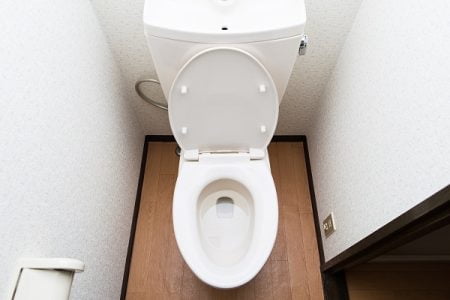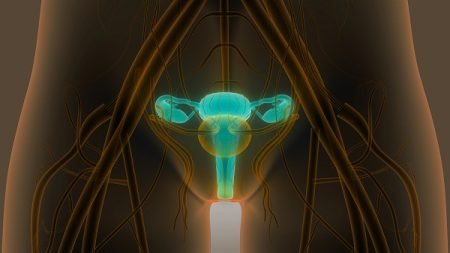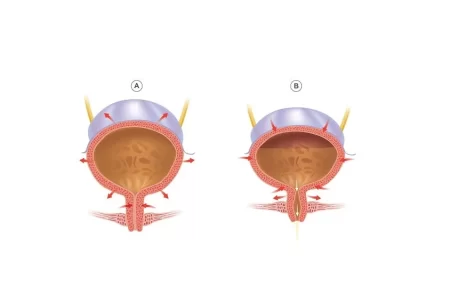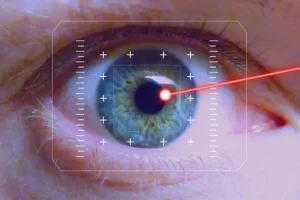Absorbent Products for Urinary Incontinence (Incontinence Pads)
- Updated on: Jul 23, 2024
- 4 min Read
- Published on May 8, 2018
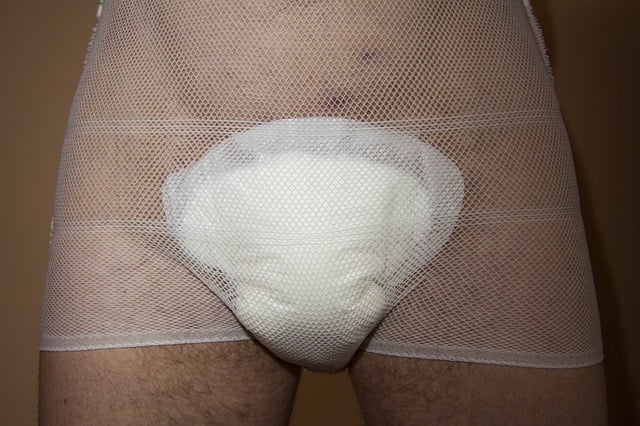
What is an absorbent pad (incontinence pad)?
Absorbent products are items that absorb urine. These include such as diapers, plastic-coated underwear, incontinence pads, or panty liners that can be attached to underwear. Some absorbent products can be washed and reused; others are made for one time use. There are some products that help collect the urine drops in case of leakage such as drip collectors. Drip collectors can be fitted over the penis.
Incontinence pads or other forms of absorbent products help in managing symptoms of urinary incontinence. Menstrual pads are not able to absorb large amount of water (urine) quickly, therefore they are not good choices for managing incontinence. Specially designed bladder control pads also called incontinence pads are a better choice than menstrual pads.
Bladder control pads or incontinence pads are designed and manufactured to absorb large amount of fluids faster to keep you dry. Some incontinence pads also reduce the odor of urine.
An incontinence pad is an impermeable multi-layered sheet that provides high absorbency in conditions such as incontinence as a precaution against urine leakage. It is generally made of cotton or paper or plastic coated cloth. It can be designed as disposable pad or washable and reusable.
See also: How Is Urinary Incontinence Diagnosed?
See also: What Causes Urinary Incontinence?
Why do you need absorbent pads (incontinence pads)?
You may need incontinence pads when:
- You suffer with incontinence but it does disrupt your life significantly
- You have to undergo for another treatment for incontinence such as surgery and need to manage it for the time being
- Your incontinence cannot be treated by other methods, and using pads is the only option
- You prefer to use them over other options such as surgery or medical treatment of incontinence
- You have gone through surgery already and need some absorbent material during recovery
- You need protection against urine leakage while you are following other treatment for urinary incontinence
How well does an absorbent work for urinary incontinence?
Incontinence pads are an effective way to manage your urinary incontinence, which is an embarrassing situation. There are some benefits and issues associated with the use of urinary incontinence pads, as follows.
Benefits of using incontinence pads
- Absorbent products are available in various forms. They can be purchased easily from drugstores, pharmacists and markets.
- They help absorb urine faster and even in large amounts
- They are designed to remove or reduce the smell of urine
- They are not expensive
- Some pads are even reusable and washable
- It’s an effective way to relieve the embarrassment and frustration of urine leakage
Risks or issues associated with absorbent pads (incontinence pads)
- They may cause irritation in the area around the groin
- Risk of urinary tract infection increases
- Some people find them uncomfortable
What types of incontinence pads are available in the market?
There are four main types of incontinence pads you can select from as you find appropriate:
Classic Rectangular Pads
These pads have a waterproof layering and are designed to ensure that the urine goes into the pad and not through to your skin or clothing.
Shaped pads
These pads are contoured to fit the body to ensure a good fit. This helps reduce the risk of any urine leakage. Shaped pads have a waterproof layer and a ‘stay dry’ layer to prevent urine leakages. They have a sticky strip on the back to help positioning and attaching to the body or outer clothing. You can wear normal clothing over them as well as close fitting underwear for a firm grip.
Pull up incontinence pants
Pull up incontinence pants are quite popular as they are worn in the same way as regular underwear. They have an absorbent pad inside and are completely disposable. They are made of waterproof material and are available in a range of absorbency level. It is easy to wear and throw them away.
Many disposable pants have ‘tear away side’ for easy removal after their use.
Waterproof incontinence pants
Waterproof incontinence pants are designed to provide you with that added security when using incontinence pads. You have to simply wear them over your regular underwear. The elasticated leg openings and waist ensure that no urine leaks occur.
Tips for buying incontinence pads (absorbent pads)
Now, you can understand how the incontinence products help in improving the quality of life and save you from embarrassment. It is important to understand a few things that can help you purchase the right product for you.
- Keep a variety of different wearable incontinence products with you to help you in different situations
- You do not need to measure your waist as most traditional incontinence pads are not worn around the waist. Also, they have elastic band to provide a suitable fit. You should rather look for the right absorbency level based on your requirement.
- Incontinence pant is a popular choice. These are worn simply like underwear and can be very comfortable. For these pants, you need to measure your waist as these are fitted around the waist.
- Although there is some flexibility in sizes of the product, but they should not be too loose around the top on the legs or around the waists.
Where to buy incontinence pads?
Incontinence pads are quite popular these days because urinary incontinence is a common issue particularly in old age groups. Therefore, there are many outlets both online and in the markets where you can buy these incontinence pads or absorbents pads.
Certain shops may sell specific products, however there are many outlets that sell a variety of products and you can visit these shops to try a variety of options of incontinence products according to your needs.
There are many charities also that are dedicated for helping people suffering with incontinence. Many of these charities stock incontinence products and you can get free samples from them. You can try these before making a purchase.
FAQs
How often should I change my incontinence pad?
For optimal hygiene and comfort, change your incontinence pad every 4-6 hours or sooner if it becomes wet. This prevents skin irritation and ensures effective protection.
Can incontinence pads be used during physical activities like exercising?
Yes, many incontinence pads are designed for active lifestyles. Look for products with high absorbency and features like moisture-wicking to stay dry and comfortable during workouts.
Are incontinence pads discreet enough to wear under tight clothing?
Absolutely. Modern incontinence pads are thin, discreet, and designed to contour to your body. Choose pads with advanced technology for maximum absorption without bulkiness.
Can incontinence pads be used by both men and women?
Yes, incontinence pads are available for both genders. There are gender-specific options, and unisex pads designed to provide effective protection for all individuals experiencing urinary incontinence.
How do I choose the right size of incontinence pad?
Select a pad size based on your body shape and the level of incontinence. Most products have size guides on the packaging, helping you find the perfect fit for optimal comfort and protection.





